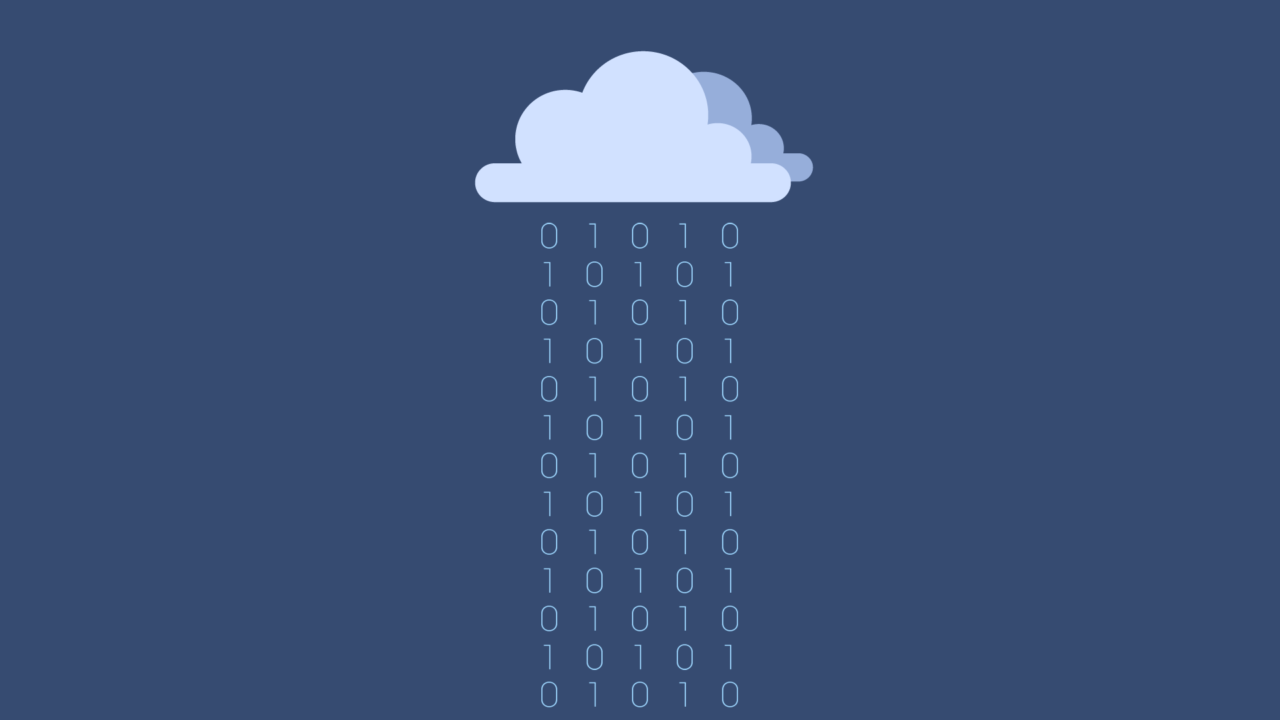Data can be a tremendous asset to businesses if utilized in the right way. There are several data sources for firms ranging from websites to social media, and thanks to big data analytics, firms can leverage data to make informed decisions. However, for this data to be useful, businesses must access data from all possible sources.
Businesses cannot make accurate decisions based on a single data source. Data has to be gathered from all available sources so that reports after analysis cannot be misleading. This places managers in a better position to make informed decisions.
To conduct data analysis from multiple sources, businesses should first store data in a centralized location to smoothen the data analysis process. That is where data ingestion to cloud comes in. The data is ingested to the cloud (data warehouse) so that it can be easily digested. It is vital for business managers and decision-makers to understand the pivotal role that data ingestion to cloud plays in driving a business’s value.
What is data ingestion to cloud?
Data ingestion is the process through which data from multiple sources is transported to a single storage medium (cloud). It can then be analyzed as a whole by an organization. This storage medium is commonly referred to as a data warehouse. Data from sources like social media, in-house apps, the internet, and much more can be consolidated as one in the data warehouse so that they can generate accurate reports when analyzed.
Data ingestion to cloud offers great fundamental support to big data analysis. You can get in touch with Tropare to learn how to consolidate all of your data from various sources and conduct data analytics. Bear in mind that generating reliable reports and conducting data analytics depends significantly on how accessible your data can be.
Data ingestion to cloud models
Your project needs and other constraints can be potentially faced to determine a data ingestion model that can be used. Every business has its data strategy, and it is vital to choose an ingestion model that supports your strategy. When selecting data ingestion to cloud model, you have to consider your data sources to choose an appropriate model depending on how often you generate and analyze your data. The common data ingestion models are:
Batch processing
This is one of the most commonly used data ingestions to cloud models. In this model, the data ingestion layer gathers data in regular intervals and arranges it in groups according to the source, and then sends the data to cloud storage. This data can then be analyzed as groups the way it is stored either in a logical order, if some conditions set have been met or periodically as set. This model is preferred when having near real-time data is not as crucial. It is also a cheap and easy model to use.
Stream processing
This is a model used if you are dealing with real-time data. Here data is not grouped but just collected and loaded to cloud storage layer the moment it is recognized by data ingestion to cloud layer. Compared to batch processing, the model is expensive and needs systems to monitor sources for any new data regularly. Stream processing is ideal in analytics, which deal with data that is regularly refreshed.
